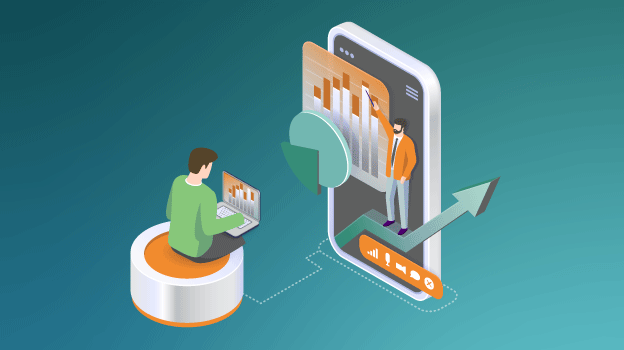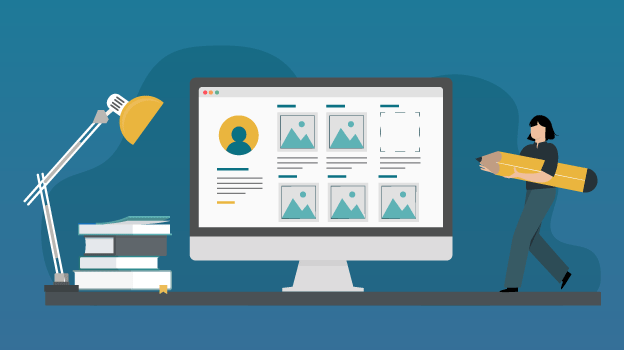
Boosting learning outcomes through competency-based training
Competency-based training is an excellent approach for companies that want to bridge the skills gap and have the best talent for each role. It also powers career development and provides employees with the ability to close personal skill gaps, become better at what they do and feel more confident about their abilities. With the right implementation strategy, competency-based training might turn out to be an efficient motivator for employees and an excellent solution to boost company performance.
Here’s how to implement competency-based training in your organization:
-
Competency map
One of the first steps in adopting a competency-based learning system is to design a competency map for all roles in your company. Essentially, it’s all about letting people know what they should do – specific tasks, concrete skills – to be great at their job. It may prove an effective motivator as well, as employees can get very specific feedback for improvement.
-
Divide and conquer
For any given task, such as “customer-focused presentation delivery”; at least three competencies are required to perform this task well: communication, account management, and field service delivery. If performance is not as expected, training is required for at least one of these competencies. Your job is to break them down into manageable chunks and what exactly the learner needs to know.
-
Set realistic timeframes
Address skill gaps effectively, making sure that expectations and realities meet. Set a manageable time frame to allow people to monitor their progress and to feel more confident about their learning process. Do not speed things up and allow each person to reach their full potential at their own pace. Patience will eventually pay off.
-
Personalize
Negotiate time frames, learning outcomes, learning methods with the staff involved to allow them to choose the best option. Keep in mind that people have different learning preferences and offer alternatives as much as possible. Last but not least, include competency-based learning in career planning and motivate staff according to personal progress.
-
Use in-house resources
Use the competency map to identify which employees perform better and at which tasks. Make the most of in-house talent and pair up experts with novices whenever possible. For a hands-on learning approach, that addresses specific competencies, an expert willing to share his experience could be a great solution.
Visit our Blog for insightful posts on training and e-learning.







